From Bean to Burrito: The Hilarious History and Heavenly Recipes of Borracho Beans
If you've ever tasted borracho beans, you know the magic they bring to any table. Their smoky aroma, deep flavor, and rich cultural roots make them more than just a side dish — they're a love letter to Mexican culinary traditions. But how did these "drunken" beans get their name? And how can you recreate that magic in your own kitchen? Buckle up as we take you on a flavorful journey through time, tradition, and technique!
Table of Contents
- The Boozy Origin of Borracho Beans
- How to Make Borracho Beans at Home
- Spice It Up: Choosing the Right Seasonings
- Buying Guide: Pots, Pans, and Perfect Beans
- Serving Suggestions: Pairing Like a Pro
- Frequently Asked Questions
The Boozy Origin of Borracho Beans
The name borracho literally translates to “drunk” in Spanish, and yes — there’s truth behind the humor. Traditionally, borracho beans are cooked with beer (or sometimes tequila), giving them a bold, fermented kick that makes them stand out from regular refried or black beans.
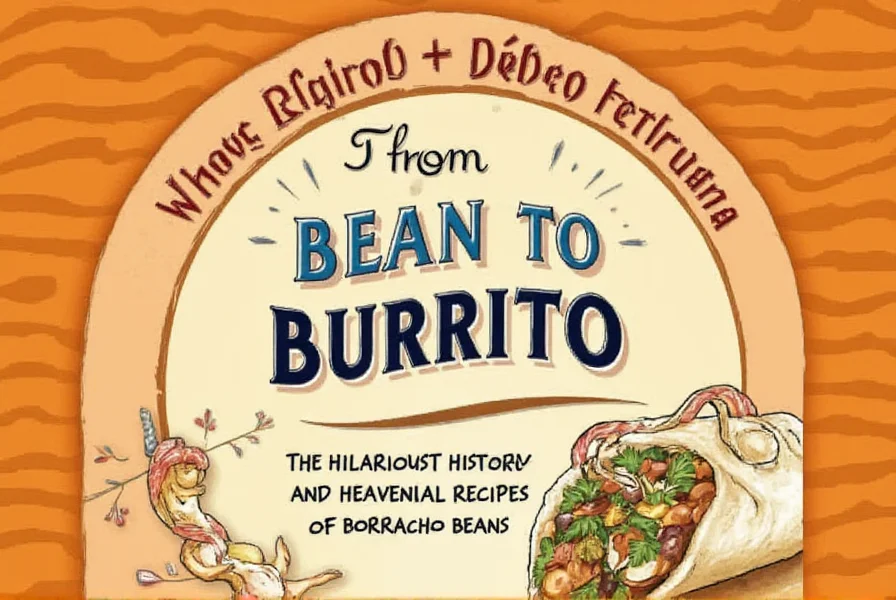
While the exact origins are a bit foggy (like a hangover morning), most food historians agree that borracho beans trace back to northern Mexico, particularly regions like Chihuahua and Durango. These areas had strong mining communities where workers needed hearty meals that could sustain them through long, grueling days underground. Enter the borracho bean — rich, filling, slightly tipsy, and totally satisfying.
Why Add Beer?
- Adds depth of flavor
- Softens the beans for better texture
- Brings out earthy and smoky notes
How to Make Borracho Beans at Home
Making borracho beans might sound complex, but it's actually quite simple — and oh so rewarding. Here's a basic recipe that’ll have you cooking like a Tapatío in no time.
Ingredients:
- 1 lb pinto beans, soaked overnight
- 1 large onion, chopped
- 4 cloves garlic, minced
- 1 jalapeño or serrano pepper, chopped (optional)
- 1 tablespoon cumin
- 1 teaspoon smoked paprika
- 1 bay leaf
- 2 tablespoons lard or vegetable oil
- 12 oz dark beer (stout or lager works well)
- Salt to taste
Instructions:
- Rinse the soaked beans and place them in a large pot. Cover with fresh water and bring to a boil.
- Drain and rinse again. This removes some of the oligosaccharides that cause gas (and post-bean-party regrets).
- In a heavy-bottomed pot, sauté onions, garlic, and peppers in lard or oil until fragrant.
- Add spices and toast for a minute to awaken the flavors.
- Stir in the beans, then pour in the beer and enough water to cover by about 2 inches.
- Bring to a boil, then reduce heat and simmer for 1.5–2 hours, stirring occasionally.
- Season with salt toward the end of cooking. The beans should be tender, and the liquid reduced into a thick, savory sauce.
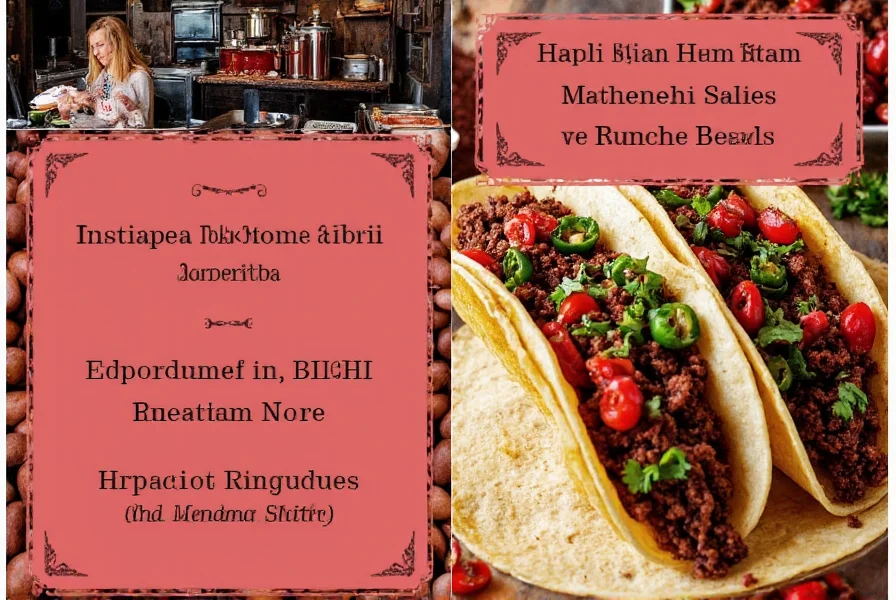
Spice It Up: Choosing the Right Seasonings
While beer is the star of the show, the supporting cast of spices is what gives borracho beans their unique character. Let’s break down each spice and how it affects the final flavor profile.
| Spice | Flavor Profile | Best For |
|---|---|---|
| Cumin | Earthy, nutty, slightly bitter | Adding warmth and grounding the flavor |
| Smoked Paprika | Smoky, sweet, mild heat | Adding depth and complexity |
| Chili Powder | Spicy, earthy, tangy | Kicking up the heat level |
| Oregano (Mexican preferred) | Pungent, herbal, slightly citrusy | Enhancing the overall savoriness |
Tips for Spicing Like a Pro:
- Toast whole spices before grinding for maximum flavor release.
- Use a mix of fresh herbs and dried spices for layered complexity.
- Don’t overdo chili powders unless you want a lip-tingling experience!
Buying Guide: Pots, Pans, and Perfect Beans
Want your borracho beans to hit all the right notes? You’ll need the right tools and ingredients. Here’s our guide to buying what you need without getting lost in the grocery maze.
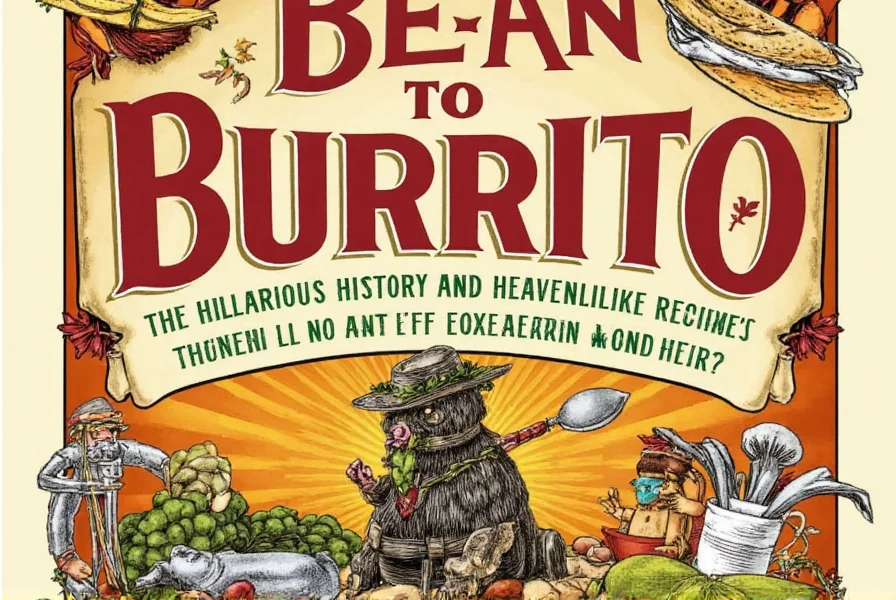
Essential Equipment:
- Heavy-Bottomed Pot or Dutch Oven: Ideal for slow, even cooking. Cast iron retains heat beautifully.
- Soaking Container: A large bowl or container to soak beans overnight.
- Wooden Spoon: Gentle on pots and perfect for stirring without scorching.
Recommended Brands:
| Product | Description | Features | Target Audience |
|---|---|---|---|
| Le Creuset Dutch Oven | Durable, stylish, and great for braising beans | Enameled cast iron, heat retention, variety of colors | Cooking enthusiasts who value quality and aesthetics |
| OXO Good Grips Soaker Bowl | Stackable, lid-sealed container for soaking beans | BPA-free plastic, easy to store, comes in multiple sizes | Home cooks with limited kitchen space |
| All-Clad Stainless Steel Pot | Perfect for boiling and simmering | Even heating, durable construction | Professionals and serious home chefs |
Bean Selection:
- Pinto Beans – The traditional choice. They hold their shape well and absorb flavors beautifully.
- Black Beans – Great alternative with a denser texture and sweeter flavor.
- Red Kidney Beans – Heartier, ideal if you prefer a meatier bite.
Serving Suggestions: Pairing Like a Pro
You’ve made your borracho beans — now what? These beans are incredibly versatile and can be paired with a wide range of dishes. Let’s explore the best companions to turn your meal into a fiesta!
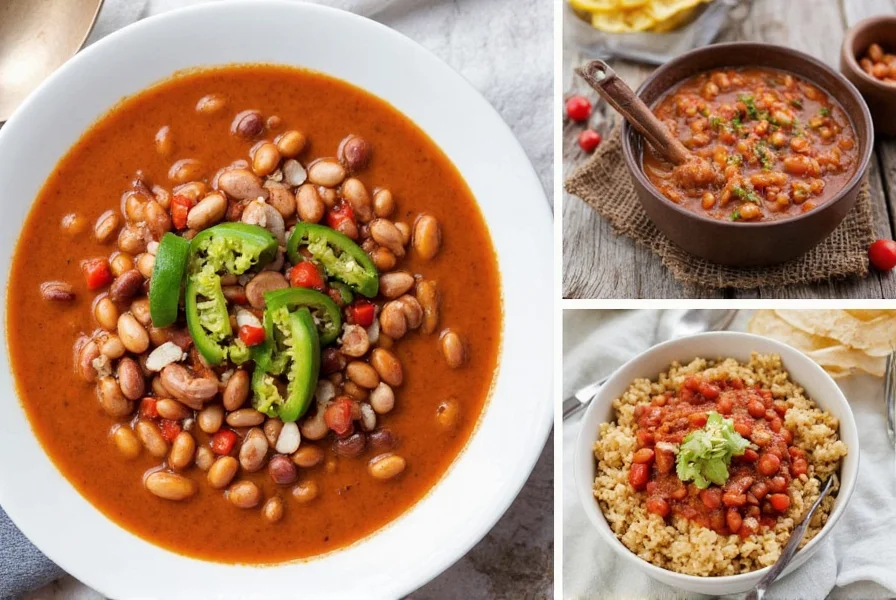
Top Pairings:
- Barbecue Ribs – The richness of the beans complements the smokiness of the meat.
- Grilled Vegetables – Adds freshness and balance to the robust beans.
- Fajitas – Wrap them up in warm tortillas with peppers and onions for a handheld delight.
- Enchiladas – Use them as a base layer or topping for added moisture and flavor.
- Breakfast Burritos – Yes! They’re not just for dinner anymore.
Serving Occasions:
- Backyard BBQs
- Mexican-themed dinner parties
- Game day spreads
- Family dinners
- Camping trips (yes, they reheat beautifully)
Frequently Asked Questions
Can I use canned beans instead of dried?
Yes, but the texture and depth won’t be the same. If using canned, drain and rinse first, and extend simmering time with beer to infuse flavor.
What kind of beer should I use?
Dark beers like stouts or lagers work best. Avoid IPAs unless you want a strong hoppy aftertaste.
Are borracho beans spicy?
They can be, depending on the peppers used. Jalapeños add mild heat; habaneros bring the fire!
Can I make them vegetarian?
Absolutely! Skip the lard and use olive oil or avocado oil. No alcohol? Substitute with tomato juice or broth.
How do I store leftovers?
Refrigerate in an airtight container for up to 5 days. Freeze for longer storage — just thaw and reheat with a splash of water or broth.
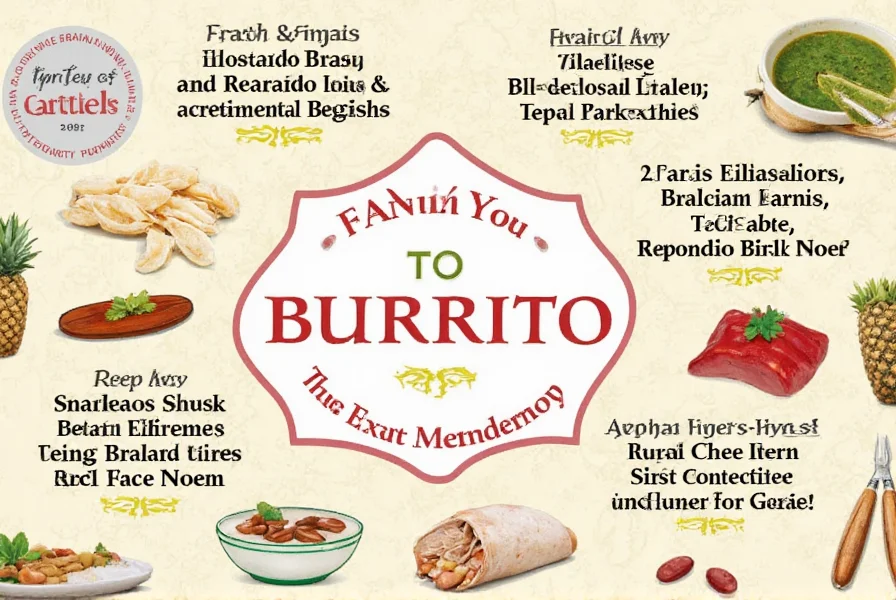
Conclusion
Borracho beans are more than just a quirky-sounding dish — they’re a celebration of culture, community, and culinary craftsmanship. Whether you're hosting a taco Tuesday bash or just craving something soul-warming, these beans will elevate your game.
With the right tools, quality ingredients, and a dash of creativity, you can master this iconic dish right in your own kitchen. Don’t forget to play around with spices and serving styles to make it truly your own. After all, isn’t that what cooking’s all about?
Now go forth, grab a six-pack of beer (for the beans!), and let the simmering begin. Your next delicious adventure starts with a single pot of borracho beans.

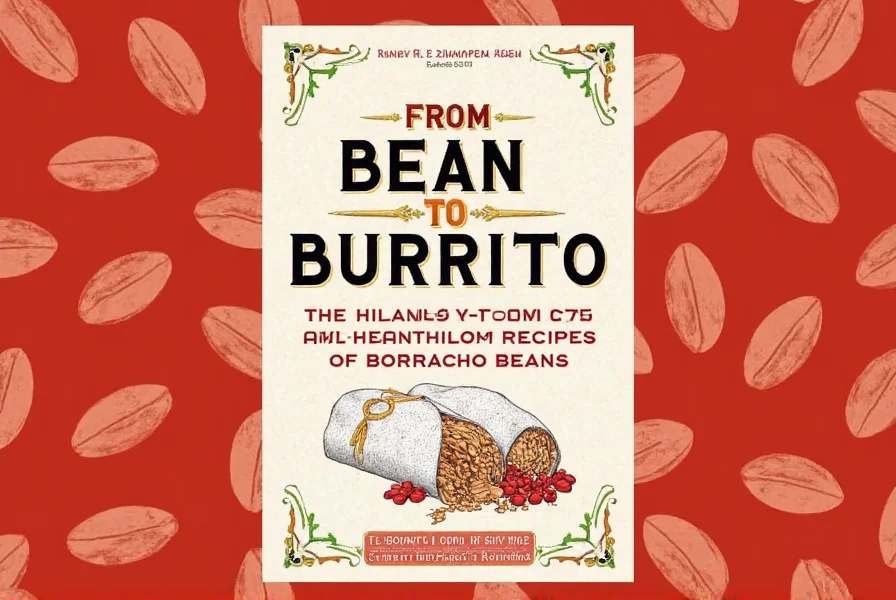









 浙公网安备
33010002000092号
浙公网安备
33010002000092号 浙B2-20120091-4
浙B2-20120091-4